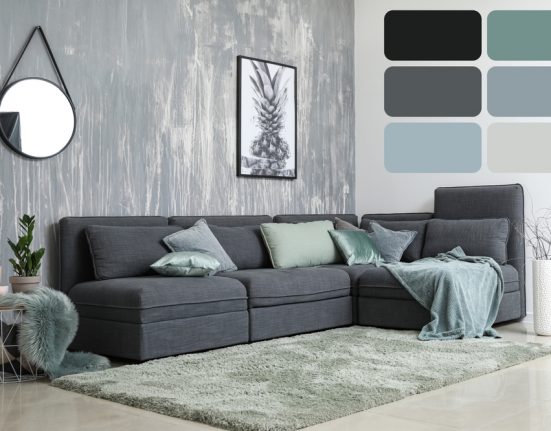Furnishing your home can be a mammoth task. And if you want to do it on a budget, you must have a proper strategy. Stats show that in 2021, UK households spent an average of £12 on furniture each week, with those aged 30-49 coming out top as the age group that pays the most. If you’re looking to be smart with your furnishings budget, keep reading.
Why is furnishing your home important?
Whether you take most of your inspiration from interior trends or purely from your preferences, choosing the right furnishings can be fundamental in making your house feel like a home. Injecting character into a space will boost your mood and make you feel proud of your home, prompting you to host friends and family more often. In a practical sense, the right furnishings make a home more functional, allowing you to go about your day-to-day errands with ease.
Budget furniture
Firstly, keep your eyes peeled for budget furniture. An excellent approach for this is to go second-hand by searching in charity shops or online using platforms that sell pre-loved goods. Not only will this help you save money, but it will also give you a chance to offer something a new lease of life while limiting your impact on the environment in comparison to buying brand-new items. You can get some real gems, both retro and relatively new!
Flat pack furniture
Flat-pack furniture can be another great hack to save splashing out on furnishings. You assemble this type of furniture yourself using an electric screwdriver, such as those from RS, to get pieces set up. You can choose chic and contemporary, often in different colourways, to help you match the perfect piece to your space. It tends to be cheaper due to the self-assembly element. Usually, the materials they’re made from are at a lower price point than other pre-assembled furniture.
Upcycling
Using a similar premise as buying second-hand furniture, upcycling can be a great way to customise your furnishings and create a truly unique look. You can go to town by sanding and painting hard surfaces or upholstering soft furnishings. You may need to buy the correct tools, but it will be cheaper than splurging on a brand-new item.
Knowing what to cut costs on
As with most things, prioritising can help you save costs. Not only this but taking the time to rule out any unnecessary investments – at least for the time being – will help to make sure that your money is being used in the best way possible. For example, splashing out on pieces that don’t serve a functional purpose may not be the best use of your money.







